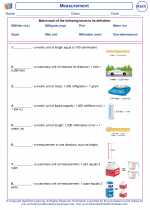Patterns
In mathematics, a pattern is a sequence of numbers, shapes, or objects that follow a certain rule or repetition. Patterns can be found in many different areas of math, including arithmetic, geometry, and algebra.
Number Patterns
Number patterns are sequences of numbers that follow a specific rule or operation. For example, in the sequence 2, 4, 6, 8, 10, the pattern is adding 2 to the previous number. Recognizing number patterns can help in understanding basic arithmetic operations and in solving more complex mathematical problems.
Shape Patterns
In geometry, patterns can also be found in shapes and figures. For example, a pattern of triangles, squares, and circles can repeat in a sequence. Recognizing and extending shape patterns can help in developing spatial reasoning and understanding geometric properties.
Identifying and Extending Patterns
Identifying and extending patterns is an important skill in mathematics. Students are often asked to identify the core of a pattern and extend it by predicting the next numbers or shapes in the sequence. This helps in developing critical thinking and problem-solving skills.
Using Patterns in Problem Solving
Patterns can also be used to solve problems in mathematics. By recognizing and understanding patterns, students can make predictions and test their hypotheses, leading to a deeper understanding of mathematical concepts and relationships.
Overall, patterns play a significant role in mathematics, helping students develop logical thinking, problem-solving skills, and a deeper understanding of mathematical concepts.
[Patterns] Related Worksheets and Study Guides:
.◂Math Worksheets and Study Guides Third Grade. Measurement
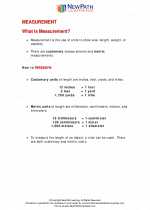
 Activity Lesson
Activity Lesson
 Activity Lesson
Activity Lesson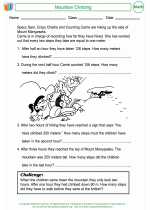
 Worksheet/Answer key
Worksheet/Answer key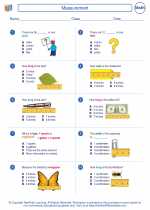
 Worksheet/Answer key
Worksheet/Answer key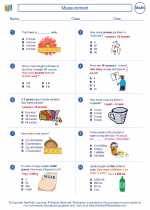
 Worksheet/Answer key
Worksheet/Answer key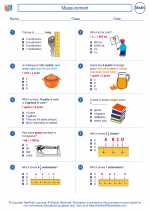
 Worksheet/Answer key
Worksheet/Answer key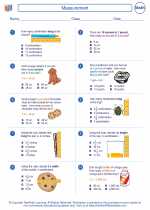
 Worksheet/Answer key
Worksheet/Answer key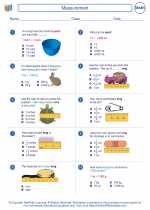
 Worksheet/Answer key
Worksheet/Answer key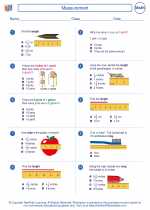
 Worksheet/Answer key
Worksheet/Answer key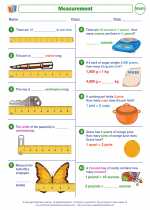
 Worksheet/Answer key
Worksheet/Answer key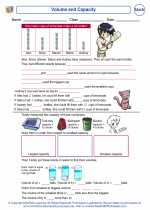
 Worksheet/Answer key
Worksheet/Answer key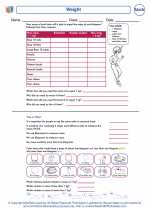
 Worksheet/Answer key
Worksheet/Answer key
 Worksheet/Answer key
Worksheet/Answer key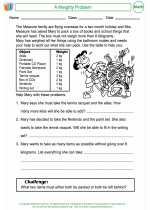
 Worksheet/Answer key
Worksheet/Answer key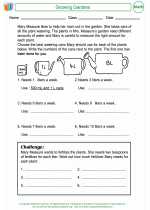
 Worksheet/Answer key
Worksheet/Answer key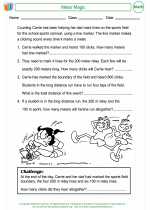
 Vocabulary/Answer key
Vocabulary/Answer key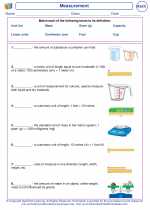
 Vocabulary/Answer key
Vocabulary/Answer key